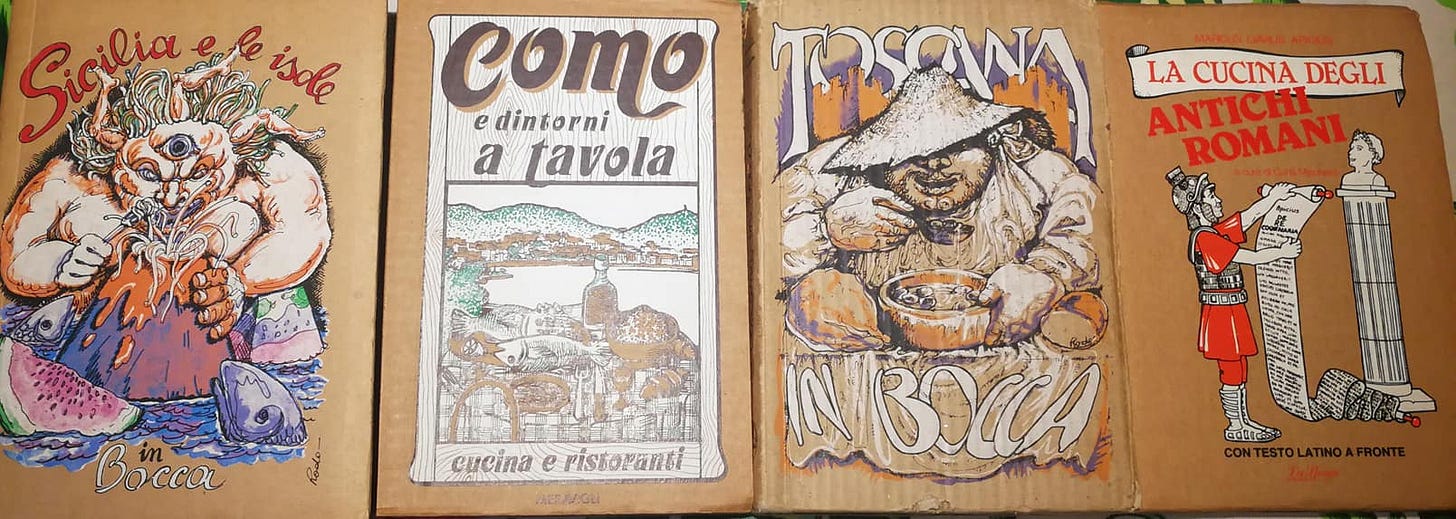Parli come mangi- Speak like you eat.
It seems all Italians talk about is food. Building up your culinary vobaulary Italian helps you fit in.
When I started studying Italian, it was hard for me, as a chef, as they don’t teach much food vocabulary. In Italy, you must learn to talk about food to fit in. Parli come mangi refers to keeping your conversations simple, like Italian cooking and eating.
You need the vocabulary to shop for food in the market and to order food in restaurants. It is your gateway into Italian society if you are passionate about food and eating. Italian food vocabulary is pretty regional so that can also be confusing.
When I waitressed in the small town of Fiesole, above Florence, an Italian-American woman came in and spoke Italian, ordering a Braciola. In Florence, that is a thin slice of beef, sauteed in olive oil. When I brought it to the table, she went crazy screaming at me in English, “That’s not what I ordered.” Her family was from southern Italy where they do a large roll of stuffed beef cooked in a tomato sauce. Since she started speaking English, I explained to her the difference in English. I think most people wouldn’t know about regional differences in the names of dishes. Most Italian Americans came from southern Italy and brought their dishes with them, which also evolved as they adapted to the ingredients available in America.
Dialect
Words also change in different areas of Italy, even in the same region. Changing regions you also add in the various dialects that are spoken around the country.
I think of it as a treasure hunt. Each village has something special.
Slow Food is a movement dedicated to preserving ingredients and regional specialties. I recall the massive protest in Rome when the first McDonald’s opened, and people feared that traditions would disappear with the globalization of companies, as fast food would replace the sacred art of eating Italian-style. Fast food and the fast life were seen as threatening their traditions.
The word for cheese is "Formaggio," but "Cacio" is often used instead. There is a famous pasta sauce in Rome called Cacio e Pepe. It can be generic but usually refers to pecorino cheese, made from sheep’s milk. The Pecorino Romano is an aged, salty cheese. In Tuscany, pecorino cheese isn’t so salty when aged. It can vary from very fresh to almost a parmigiano quality.
Al contadino non far sapere quanto è buono il cacio con le pere
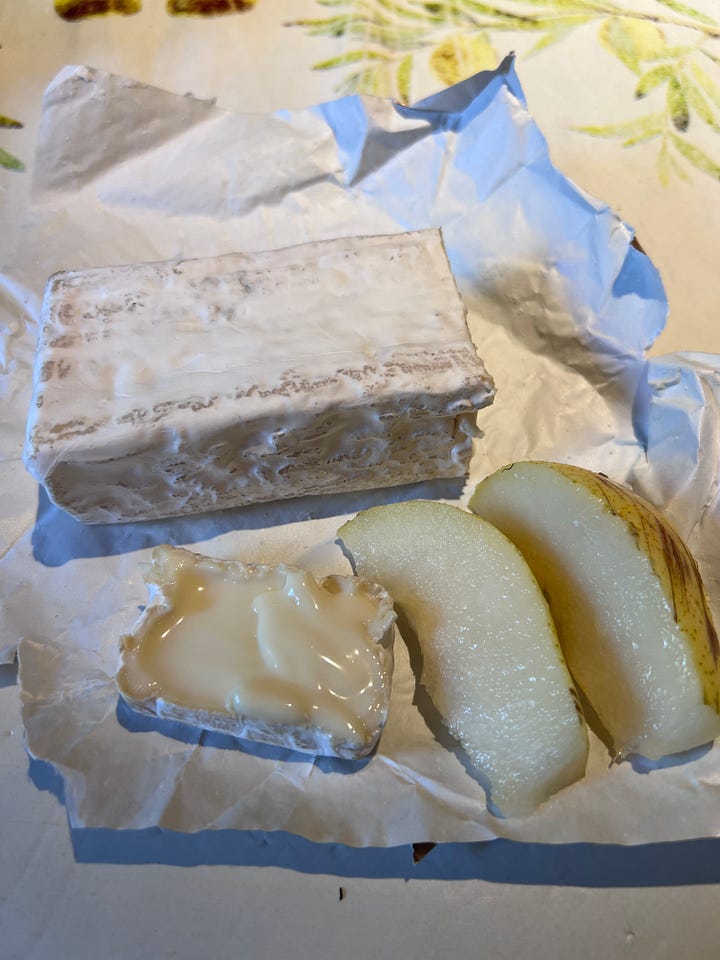
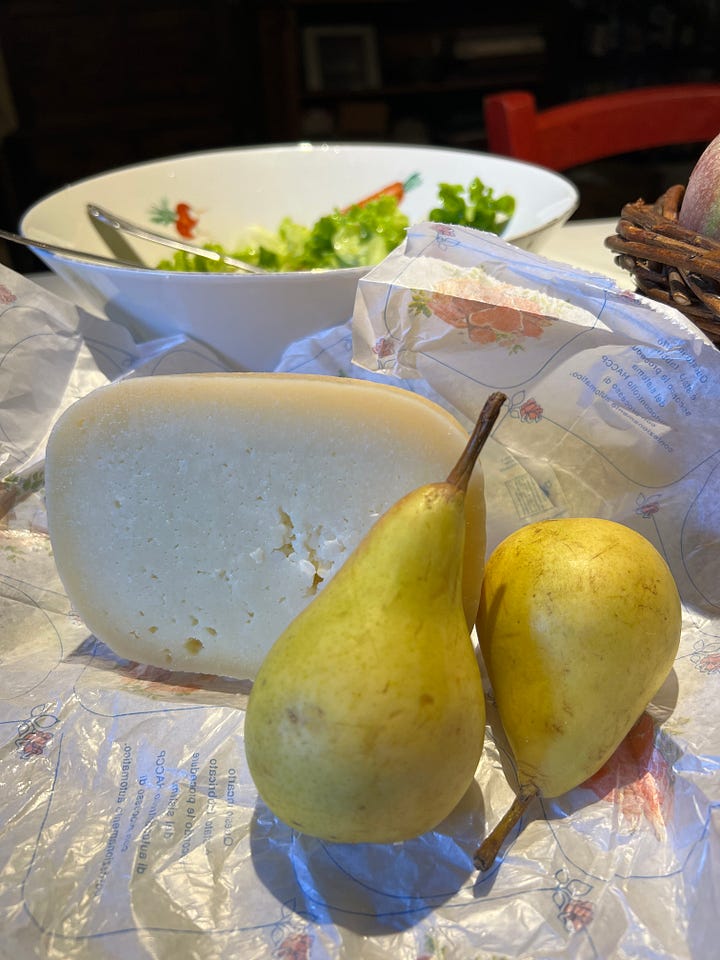
Don’t let the farmer know how good cheese is with pears.
I grew up eating apples and cheese in America, but in Italy, pears are the usual “pairing.”
Giovedì gnocchi, venerdì pesce e sabato trippa.
Thursday Gnocchi, Friday Fish, and Saturday Tripe.
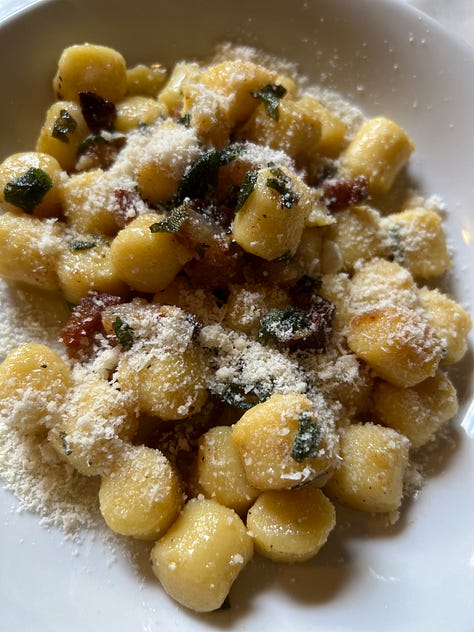
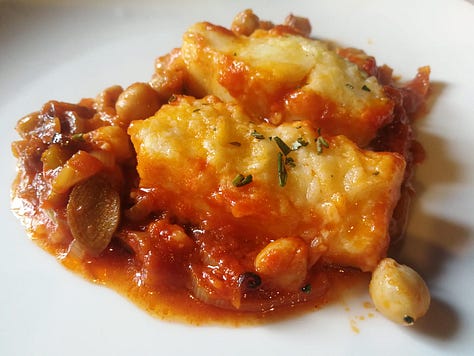
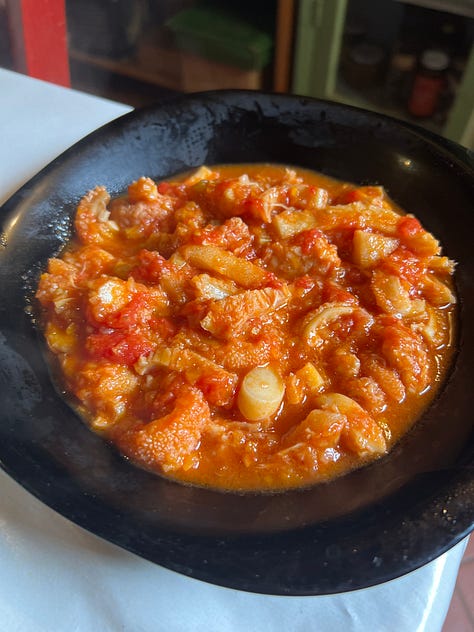
I wasn’t sure if this saying was from a school menu or simply local trattorias, which changed their menus daily. In Florence, we knew when to eat at certain trattorias that changed their menus regularly. In Catholic countries, Fridays are traditionally fish days, but in Florence, eating fresh fish can be expensive. Baccala’ is salted cod and available for everyone.
A tavola, non si invecchia
You don’t age at the table.
If you have ever experienced an Italian holiday meal or a Sunday lunch, you know you will be there for hours.
Italians often discuss where they are eating while they are eating. They share tips on delicious meals and how their mamma makes things. When asked where the best place to eat is, they always say home. I have always learned so much by asking locals where to eat. Cab drivers and newsstands give normal advice on places locals go to. At the hotels, they often tell you the places they know that speak English, which are often more expensive dining.
Dove si mangia bene e spende poco? -
Where do you eat well for a reasonable price?
When you learn about local foods, I won’t complicate things by mentioning that regional names for food items also change; dishes I thought were Italian in the USA are often Italian-American. It is similar to the distinction between Tex-Mex and Mexican food. Each region of Mexico also has its specialties.
If you want to learn some “food Italian”, I suggest buying a food magazine or a cookbook in Italian. Some Italian cookbooks are available in two languages within the same book. I have one series that also features Latin for historic recipes or dialects for other regions.
It is also a good idea to prepare for a trip by researching regional specialties, so you know what to eat in each location. Touring the local markets also helps you discover what is in season.
As for me, I will continue to search for recipes and share them here with my paid subscribers. This week, I'm sharing my recipe for potato gnocchi and baccalà.
Thanks to all who have signed up and supported this newsletter. The paid subscription includes:
Secrets from my Tuscan Kitchen ebook- 100 Florentine recipes
12 Guides to the Markets of Italy
Access to the Archives ( my first post was October 20,2020)





